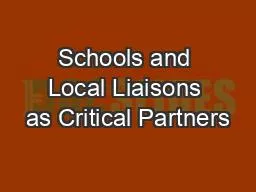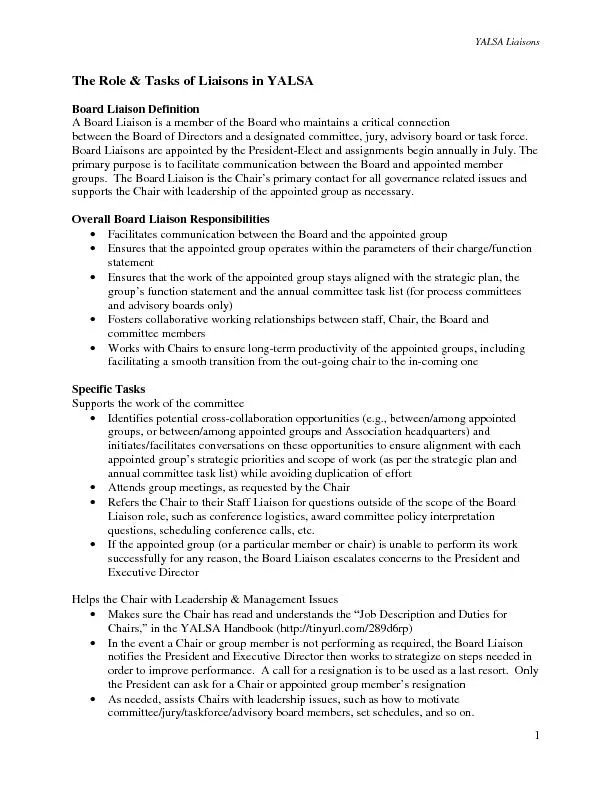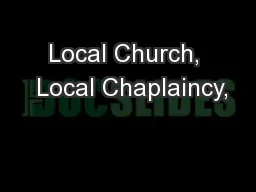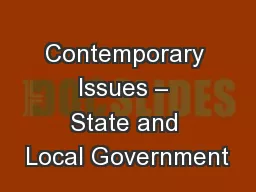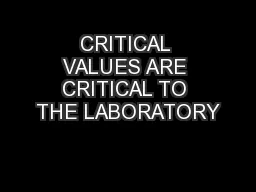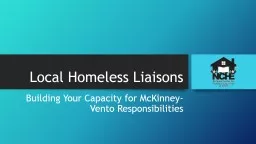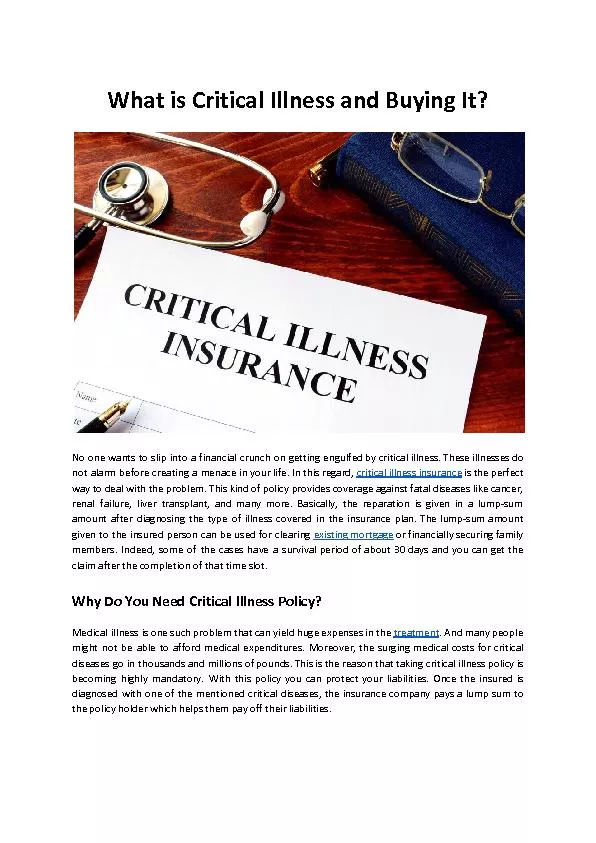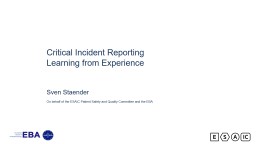PPT-Schools and Local Liaisons as Critical Partners
Author : missingsole | Published Date : 2020-07-02
NAEH Family and Youth Conference Los Angeles CA February 2018 Meet Your Presenters Christina Dukes Federal Liaison National Center for Homeless Education NCHE cdukesserveorg
Presentation Embed Code
Download Presentation
Download Presentation The PPT/PDF document "Schools and Local Liaisons as Critical P..." is the property of its rightful owner. Permission is granted to download and print the materials on this website for personal, non-commercial use only, and to display it on your personal computer provided you do not modify the materials and that you retain all copyright notices contained in the materials. By downloading content from our website, you accept the terms of this agreement.
Schools and Local Liaisons as Critical Partners: Transcript
Download Rules Of Document
"Schools and Local Liaisons as Critical Partners"The content belongs to its owner. You may download and print it for personal use, without modification, and keep all copyright notices. By downloading, you agree to these terms.
Related Documents

